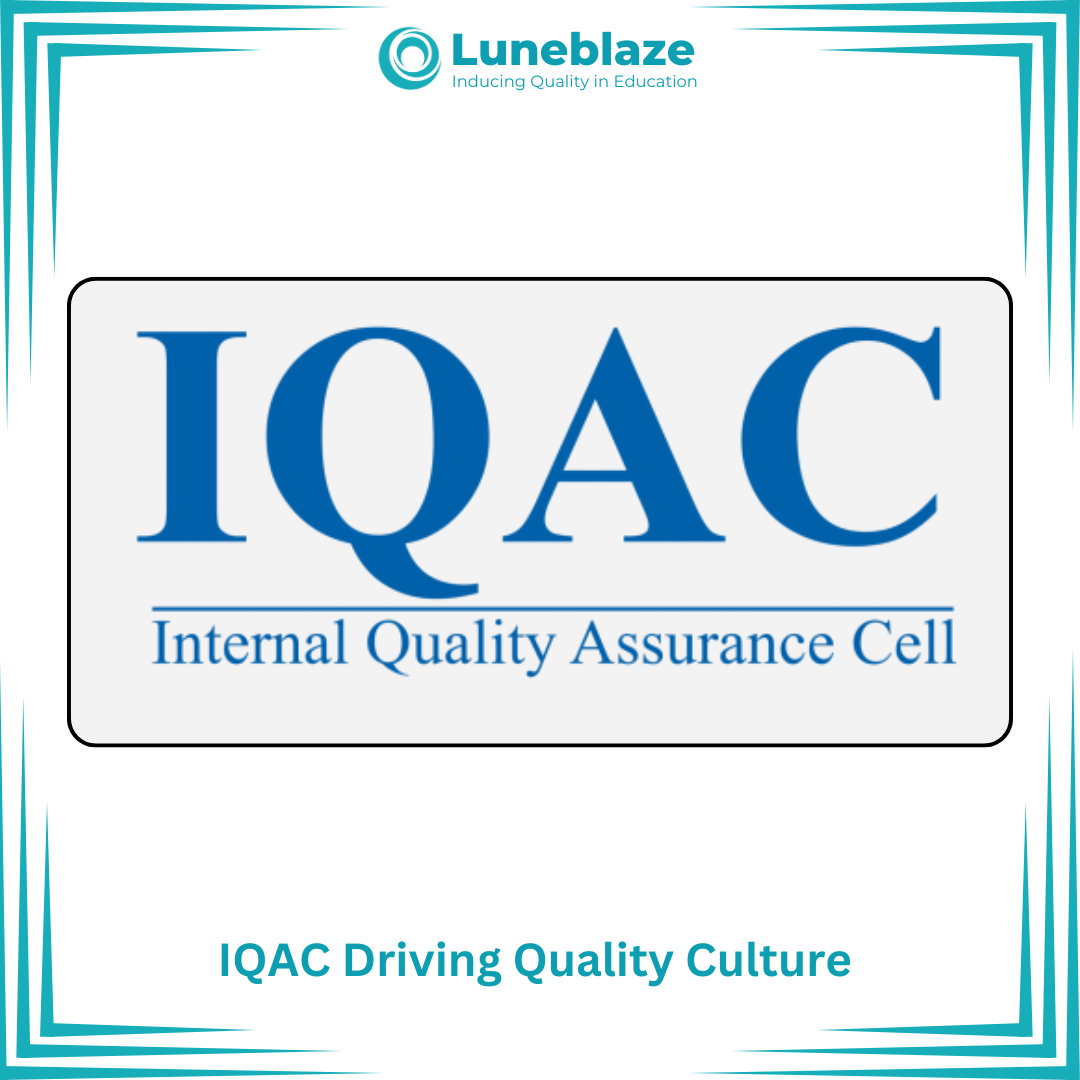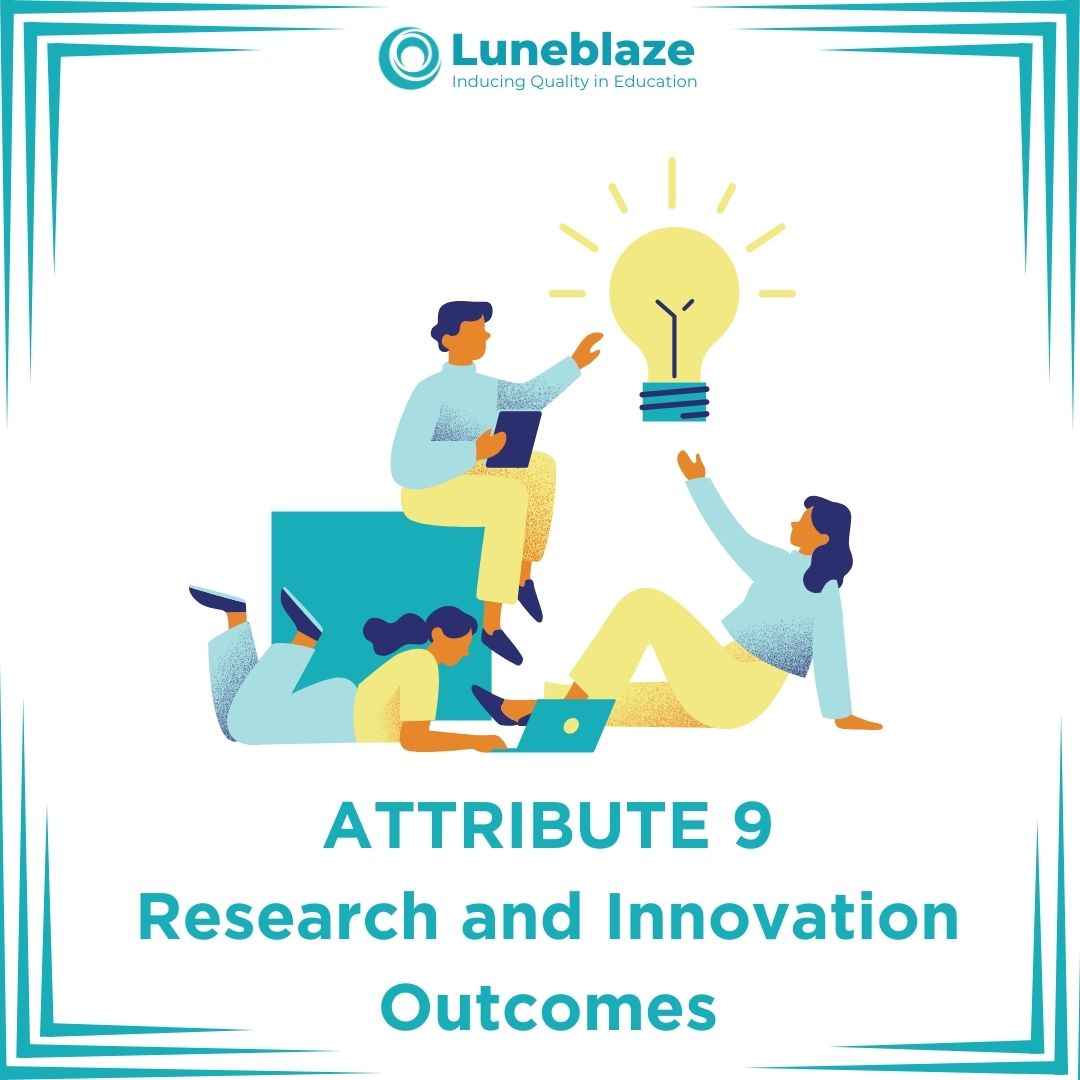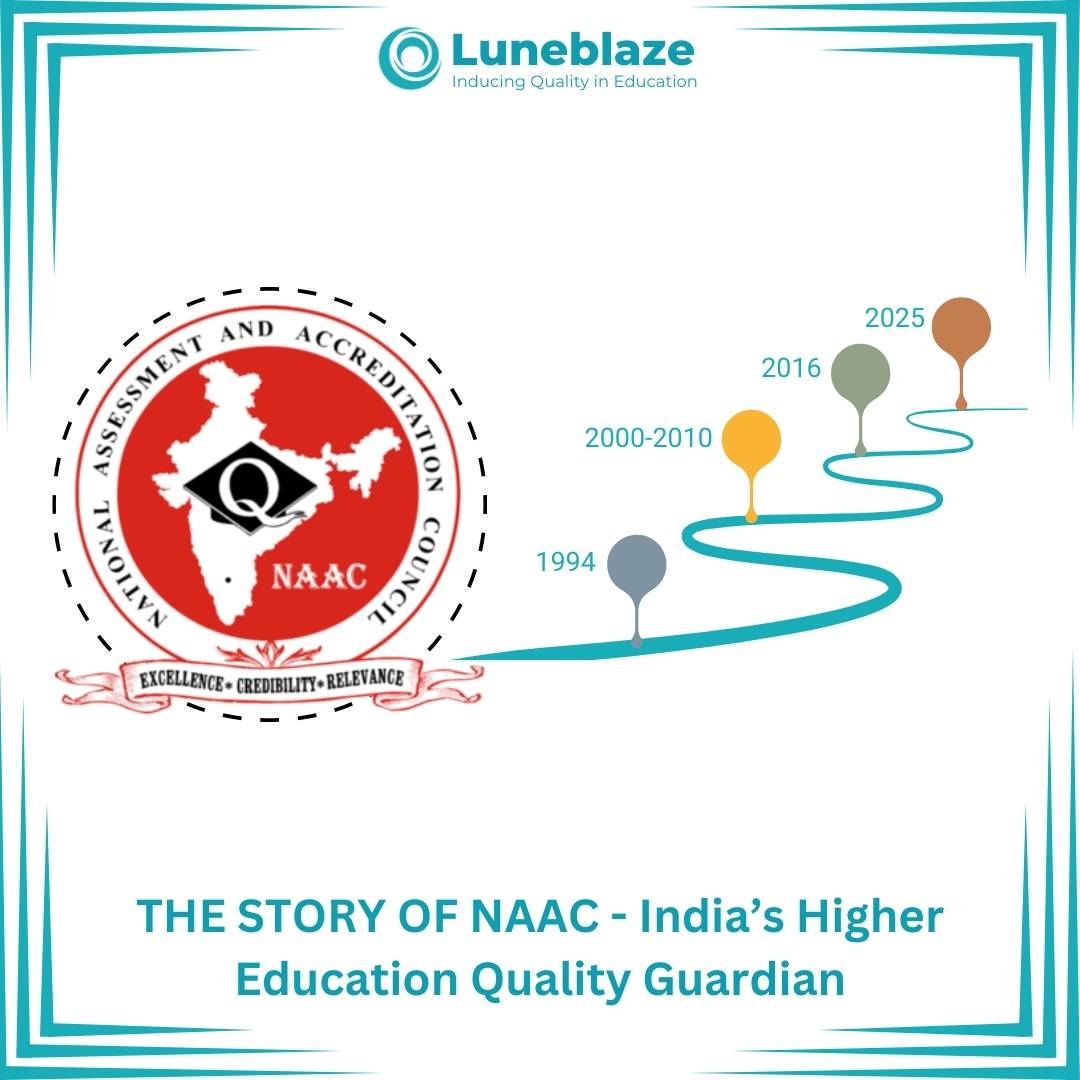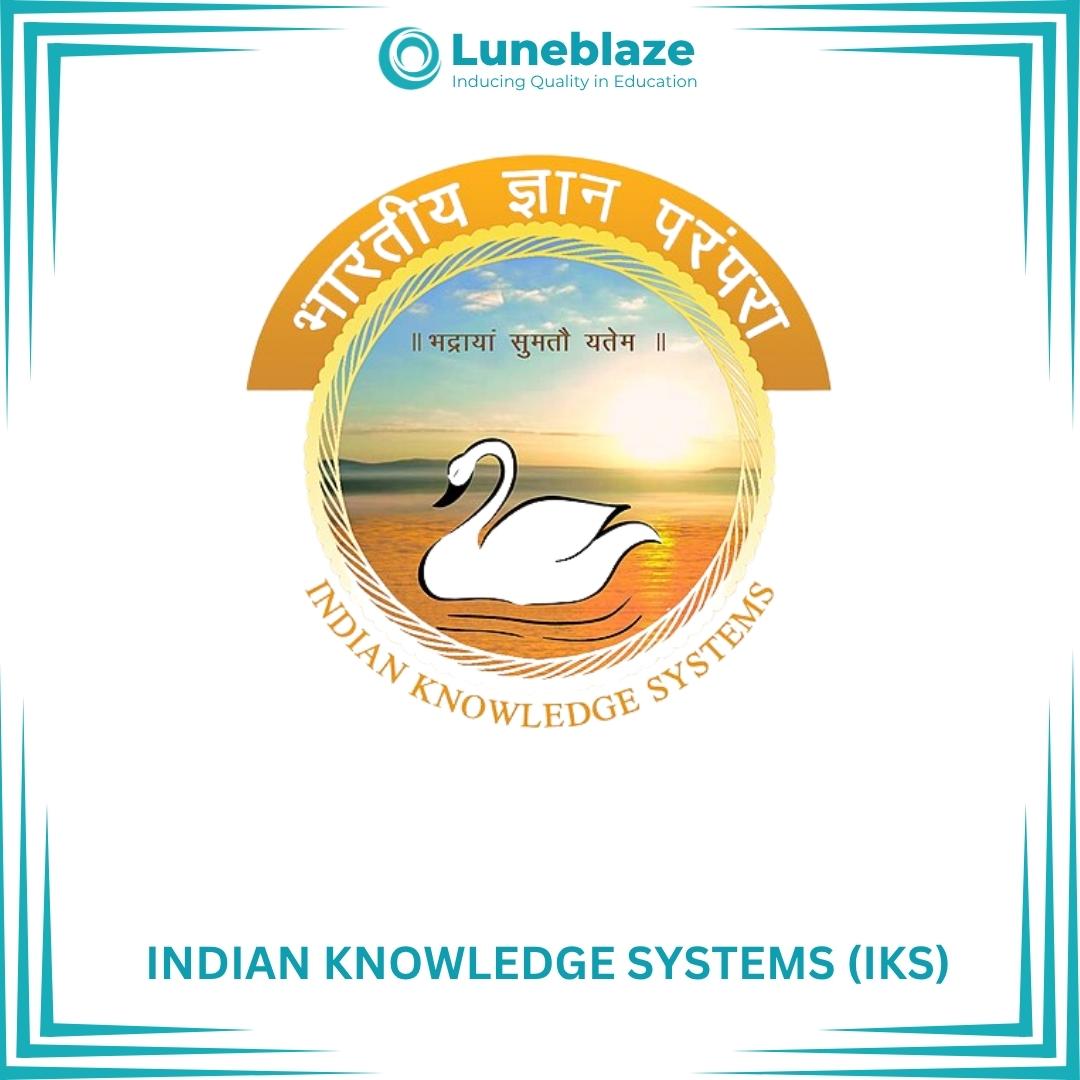Sustainability (Green Initiatives): Attribute 10 in NAAC's Binary Accreditation Framework
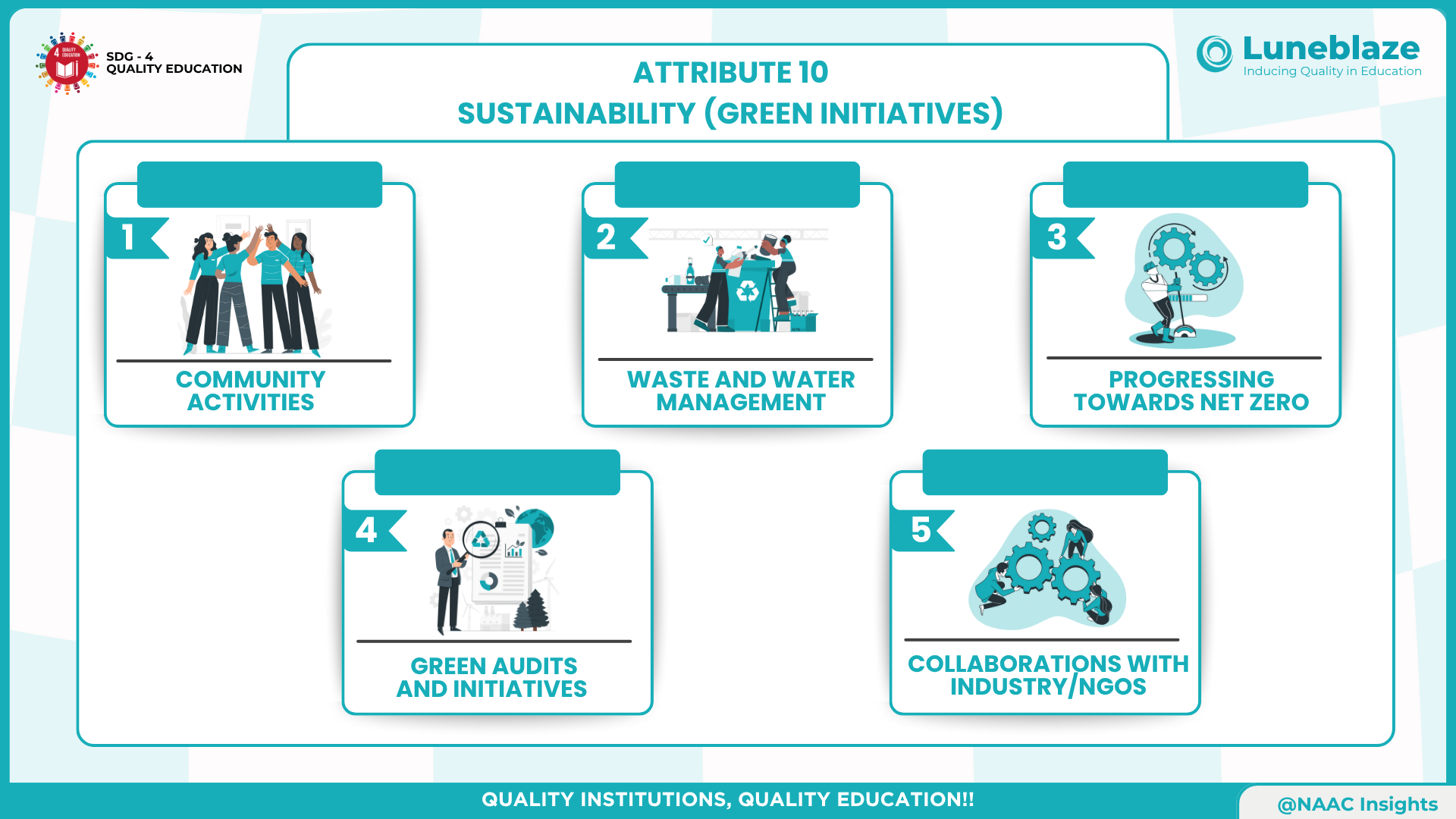
Sep 24, 2025
Imagine a higher education institution (HEI) where students plant trees instead of just writing about climate change, where classrooms run on solar power, and water is recycled through modern infrastructure. In such a space, sustainability is not a checkbox—it is a culture. This is precisely the vision behind Attribute 10: Sustainability Outcomes in the NAAC Binary Accreditation Framework.
As HEIs gear up for a more data-driven and outcome-based accreditation process, sustainability is no longer a side initiative—it’s central to institutional quality. From waste management to green audits and community collaborations, this attribute assesses how well an institution integrates environmental responsibility into its core operations and student engagement strategies.
What Is Attribute 10?
Attribute 10 focuses on an institution’s ability to demonstrate tangible efforts and outcomes in sustainability and environmental stewardship. It evaluates how institutions manage their natural resources, promote awareness, collaborate with communities and industries, and transition towards clean energy and green practice
Key Metrics in Attribute 10
1. Community Activity (10.1)
Institutions are assessed based on how many community-based environmental camps or activities they conduct through NSS, NCC, or similar bodies. Importantly, the metric also considers student participation rates, emphasizing student engagement in social responsibility.
2. Waste & Water Management (10.2)
This metric evaluates how effectively the institution conserves natural resources and manages waste, covering:
Rainwater harvesting systems like borewell recharge, check dams, and percolation pits.
Wastewater recycling plants and divided water distribution systems.
Solid waste segregation at source.
Bio-waste, e-waste, biomedical waste, and paper waste recycling.
Maintenance of on-campus or nearby water bodies.
3. Processing Towards Net Zero (10.3)
Here, institutions are scored on their progress toward carbon neutrality and energy sustainability. Facilities that contribute include:
Solar and wind energy systems
Biogas plants
Energy wheeling to the grid
Sensor-based energy conservation systems
4. Green Audit and Initiatives (10.4)
This metric tracks how environmental quality is monitored and improved through:
Energy audits
Carbon sequestration measures
Air pollution measurement
Water budgeting
Maintaining a clean and green campus
5. Collaborations with Industry/NGOs (10.5)
Sustainability is not a solo effort. This metric values collaborative engagements with industries and NGOs through:
Active NCC/NSS units conducting outreach
CSR-based collaborations with industries
Community service programs (e.g., tree plantations, blood donation camps, disaster relief, Swachh Bharat Abhiyan)
Why Sustainability Matters in NAAC Accreditation
The NAAC Binary Framework emphasizes measurable outcomes, and sustainability reflects both institutional commitment and operational excellence. Institutions that excel in Attribute 10:
Build a reputation for social and environmental responsibility
Attract green-conscious students and faculty
Align with national missions like Swachh Bharat, Jal Shakti Abhiyan, and Renewable Energy Goals
Demonstrate efficient resource utilization, which can also lead to cost savings and energy independence
Alignment with Other NAAC Attributes
Attribute 1: Curriculum
Sustainability modules, green technologies, and environmental science topics become embedded in interdisciplinary curricula.Attribute 5: Learning and Teaching
Green campus initiatives turn into living laboratories, giving students hands-on learning experiences beyond textbooks.Attribute 6: Extended Curricular Engagements
NSS/NCC-led environmental drives, field projects, and internships with environmental NGOs promote active learning.Attribute 7: Governance and Administration
Institutions with sustainability audits and eco-policies demonstrate transparent, forward-thinking governance.Attribute 9: Research and Innovation
Sustainability-focused research, such as studies on water conservation or renewable energy systems, supports innovation and interdisciplinary scholarship.
How HEIs Can Strengthen Attribute 10
Conduct regular green and energy audits with published reports.
Set up waste segregation units, rainwater harvesting, and solar panels.
Organize tree plantation, clean-up drives, and awareness programs with student participation.
Establish collaborations with NGOs and industries focused on environmental goals.
Track metrics such as energy savings, water reuse, and carbon footprint reduction.
In Conclusion
Sustainability isn’t a trend—it’s a responsibility. Attribute 10 ensures that HEIs are not just centers of knowledge, but also models of climate consciousness and environmental ethics. By embracing green practices, institutions create not only eco-friendly campuses but also socially responsible graduates who understand the urgency of global challenges.
In the NAAC Binary Accreditation Framework, Attribute 10 serves as a blueprint for turning green ideals into institutional outcomes. It’s not about isolated initiatives—it’s about embedding sustainability into the DNA of the institution.
Want to make your institution greener and more accreditation-ready?
Luneblaze offers AI-powered solutions for NAAC documentation, sustainability tracking, and evidence generation aligned with all 10 attributes.
Reach us at: naac@luneblaze.com
Together, let's build cleaner, greener campuses for a better tomorrow.
Trusted by
100+
Institutions
worldwide
since 2017
Get started with Accreditation Excellence
Explore how our AI-enabled accreditation solution simplifies the accreditation journey

